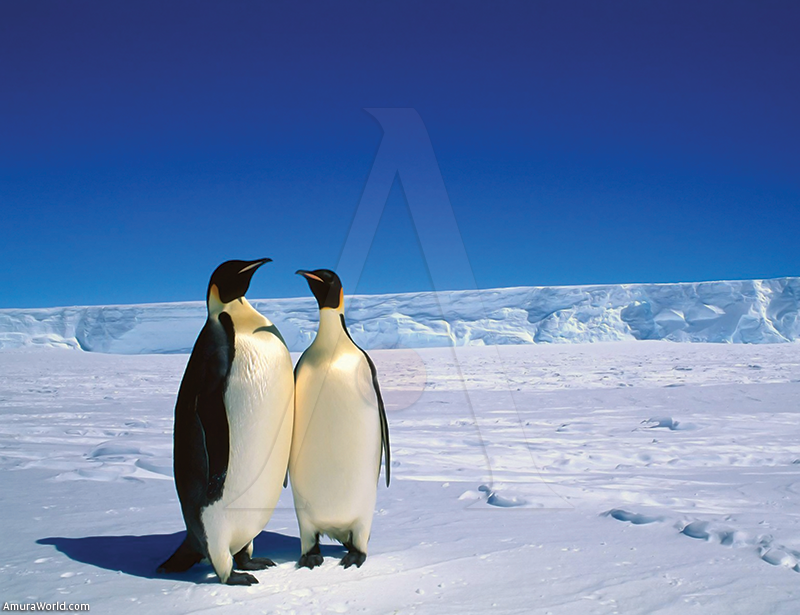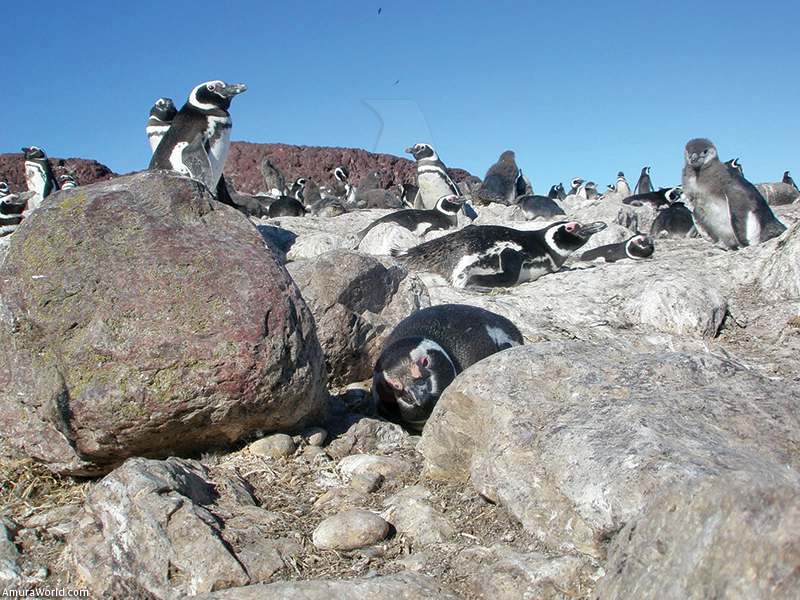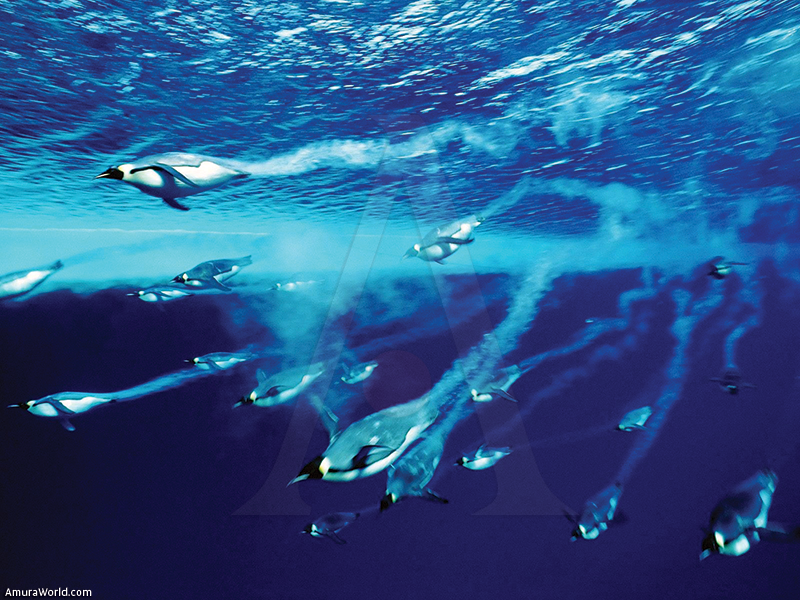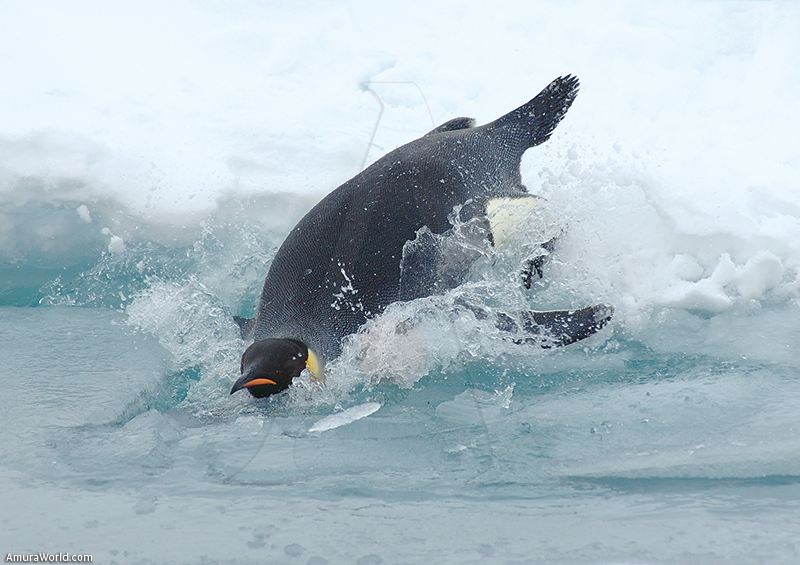If penguins are birds, how is it they cannot fly? Easy: Because what used to be wings, those tips they now use more as fins, adapted to the underwater world. And they work wonderful! The funny balance they show in their slow way of walking strongly contrasts with their amazing swimming ability. Beneath the waves they speed up to 25 miles per hour.
There are many kinds of penguins on earth, so we will focus the feathered issue with special focus on those who live in the Patagonia region. First of all, the idea that North and South Poles are different only in the distance from us, is the most common belief and the most naïve. The ice largeness, its thickness and temperature, it all makes the Antarctic a much inhospitable place to live in.
Not a surprise that on a surface 5,400 square miles it has been impossible to reach the precise amount of Emperor penguins. Until recently there were only rough calculations based on mouth to mouth information, partial estimations, but such an ice extension with few human inhabitants was an effective barrier that made impossible to have an accurate census.
But recently the British Antarctic Station did apply high definition imaging technology and was able to reach a real estimate. Taking into consideration the size of the penguins colonies and the amount of these groups, the agency was able to determine there are some 595 thousand specimens, a number that almost doubles previous estimations.
Penguins come from flying birds that were expert divers. There are 18 species and 6 kinds of penguins: Emperor, King, Adelia, Barbio, Papua, Macaroni and Yellow Chest in the Patagonia. Other species habitat is in Australia, New Zeland and South Africa. And true, there are no penguins in the North Pole or polar bears in the South Pole. The Earth’s tropic served as a barrier keeping one and the other in their original region. All of the penguin varieties share their eating preferences: Mainly Krill, Cuttlefish and other small fishes.
They attract attention for their gregarious instinct. They always travel as a group. I don’t mean they stay in compact packs with the conscious purpose of blocking the flow to the strong freezing Antarctic winds, or in order to keep each other warm. But this instinct surely is one of the many that have enabled their survival as a species.
They also avoid freezing by the excellent cover provided by their small feathers. This detail is enough since in fact their total body volume is much smaller than it looks. The rest are their feathers. Besides their plumage; -which they molt every year in a few days, some varieties have the extra insulation given by an additional layer of body fat.
Their height may vary, according to the species ranging from 1ft 4” up to 3ft 11”. The largest spices, the Emperor penguin, may surpass this height. They walk upright and live on their feet. Always standing, they brood their eggs and you can catch them on their stomach only when they slide on the ice to go faster than walking.
Union builds strength.
Penguins get together in big noisy groups to pair and they always return to exactly the same spot their ancestors went to. They nest in burrows or rock cavities, or open spaces. There’s one scene that will always amaze us: After laying an egg the mother holds it in her short legs so it won’t touch the ice, and covers it with a fold of her plumage.
When the mother has to travel to the sea and get something to eat, in a highly careful maneuver, demanding great coordination she passes the egg to the male who also takes it with his legs and keeps it there week after week for as long as the dark and frozen Antarctic night lasts. Always protecting it from cold and warming his precious product.
When sunrise and for reason mama has not returned, the frail father abandons egg or chick -if it has already broken the shell- so he can go to get something to eat and not die from starvation.
Penguins Emperor and King are those who take care of the egg and chick. They pair and they brood only one at a time. During the Antarctic night penguins colonies form a great motionless and compact mass that blocks the flow of the intense freezing wind and heating one another. This avoids their death from deep freezing.
When the couple is back together with their chick, there are times when baby is left alone while its elders go away in search of food. In those cases pigeons get together in “childcare” bunches to protect themselves from their predators. Once they grow their first plumage, the young, follow the adults and take a dive into the ocean to find their own nourishment.
Text: ± Photo: Penguinnewstoday / Tom Clark / Vashonsd / Patagonia








